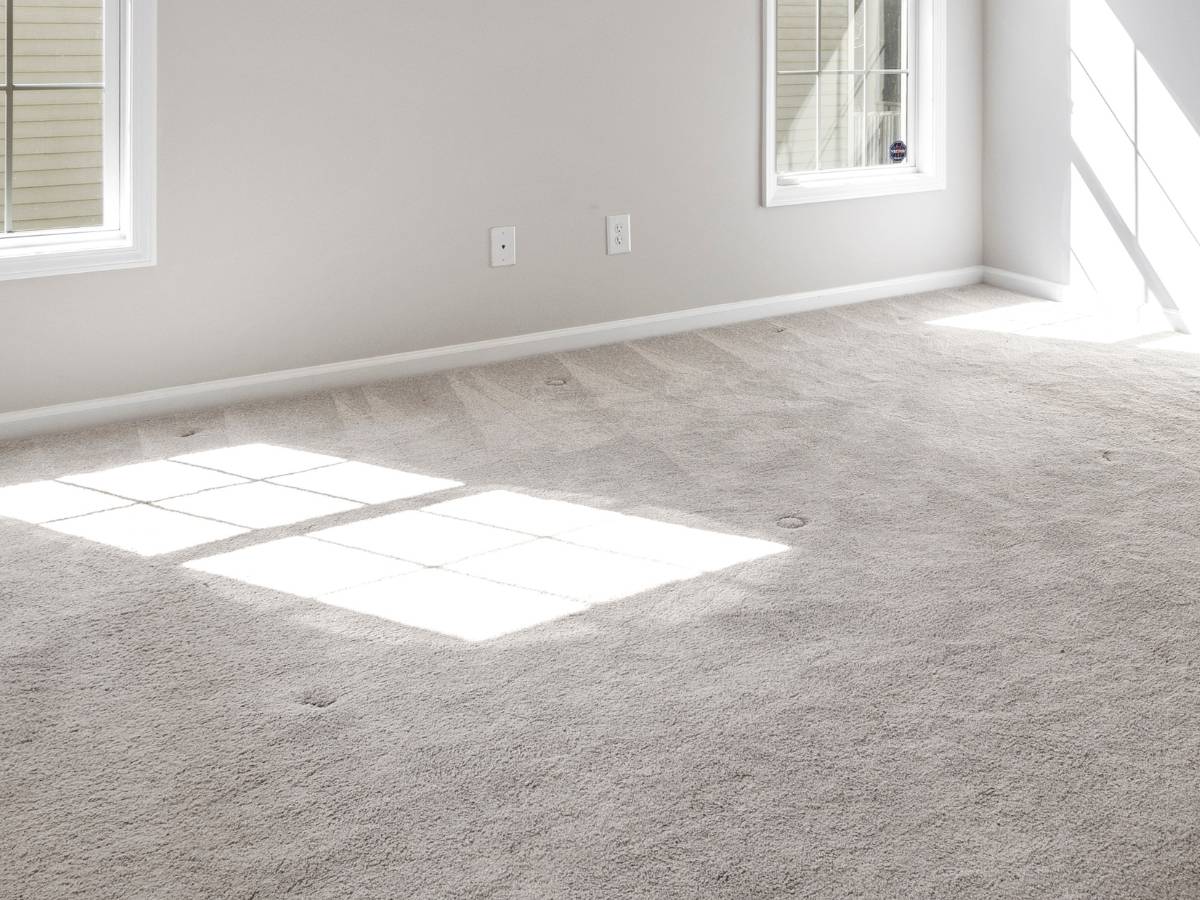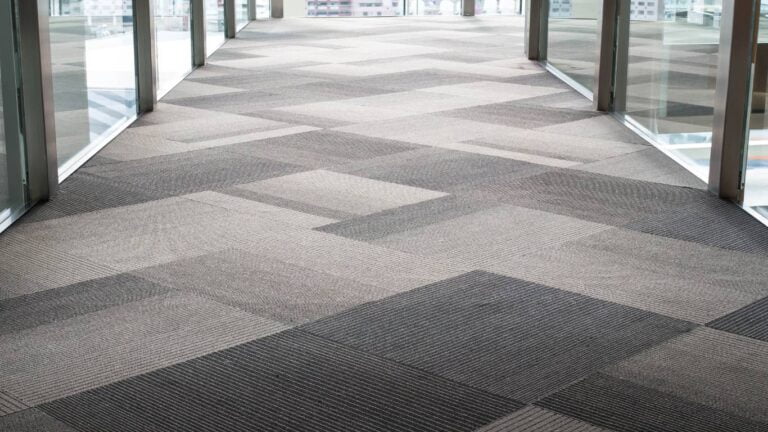Carpet dents can be an unsightly consequence of rearranging furniture or long-term placement of heavy objects, diminishing the overall appearance of your floors. Understanding how to get dents out of carpet is essential for homeowners who want to maintain a pristine and welcoming environment. This guide offers practical advice and step-by-step techniques to effectively remove those stubborn indentations, from the gentle ice cube method to more intensive heat applications. Whether you’re dealing with shallow impressions or deep, persistent dents, you’ll find solutions tailored to various carpet types and severities. With the right tools and a bit of patience, you can restore your carpet smooth, even surface and extend its life for years to come.
Understanding Carpet Dents
What Causes Carpet Dents
Carpet dents are a common issue for homeowners, often caused by the prolonged pressure of furniture or heavy items resting on the carpet’s surface. These indentations happen when the weight of the object compresses the carpet fibres and the padding beneath, leading to visible depressions. The degree of these dents can vary, influenced by the weight of the object and the length of time it’s been stationary.
Types of Carpets Prone to Dents
Some carpets are more susceptible to dents than others. For instance, wool berber-style carpets are notorious for showing imprints due to their looped structure. Similarly, carpets with a low pile or non-looped design are also prone to indentations. These carpets may rebound over time but often need a bit of help to regain their original appearance.
Assessing the Severity of Carpet Dents
The severity of carpet dents can range from shallow impressions that are easily remedied to deep, persistent divots that have been set over an extended period. The depth and age of the dent can determine the removal method you’ll need. Lighter dents might lift with simple techniques, while deeper or older dents may require more intensive treatment.
It’s important to address dents promptly to avoid permanent damage to the carpet fibres. Issues such as wear, fading, and permanent stains can’t be fixed with cleaning, so taking preventative measures and removing dents in a timely manner is key to maintaining your carpet’s condition.
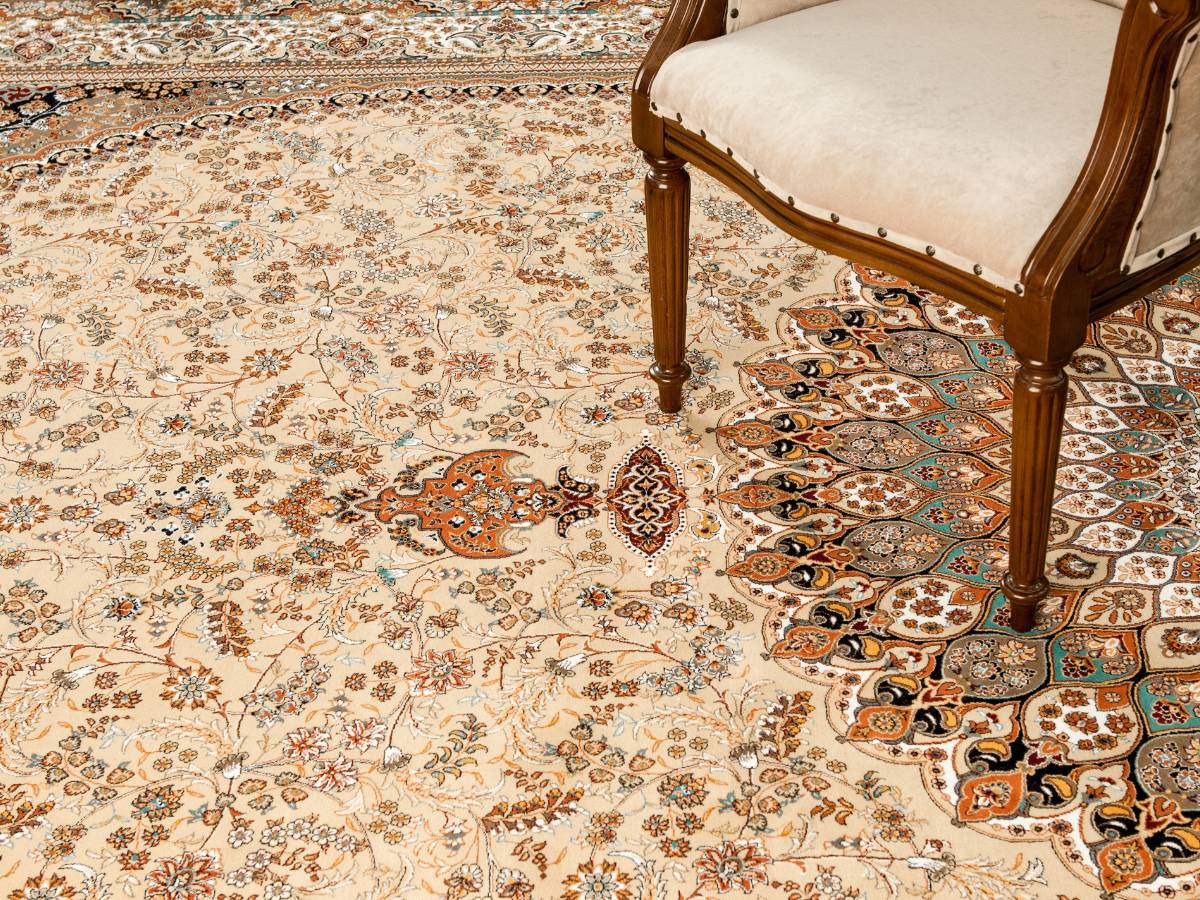
Preparing to Remove Dents
Gathering Necessary Tools and Materials
To begin the dent removal process, ensure you have the appropriate equipment. For the ice cube technique, gather several ice cubes, a clean sponge or cloth, and a utensil such as a spoon.
For those opting for the steam technique, a clean cloth, a steam iron or a handheld steamer, and a vacuum are required.
For the blow dryer method, prepare a spray bottle filled with water and a blow dryer.
Clearing the Area Around the Dent
Remove any items or clutter from the vicinity of the dent to create ample space for the task at hand and to prevent additional compression of the carpet fibres. If the dent is caused by furniture, reposition it or elevate it to access the affected area comfortably.
Safety Precautions to Consider
When employing heat-based techniques, it’s crucial to safeguard your carpet, particularly if it’s made of synthetic materials. To avoid altering the carpet’s texture, always use a cloth as a barrier between the heat source and the carpet’s surface.
For those using an iron, maintain a moderate to high heat setting and ensure the iron does not make direct contact with the carpet. Be mindful of the quantity of water used; excessive moisture can cause mould if the carpet does not dry adequately. Additionally, make sure the room is well-aired during the application of heat to prevent excessive accumulation of steam or warmth.

Ice Cube Method for Dent Removal
The Ice Cube Method is a simple yet effective way to remove dents from carpets. It relies on the gradual melting of ice to help carpet fibres expand and return to their original state. It’s especially handy for dents caused by furniture or heavy objects that have sat in one place for a while.
Step-by-Step Ice Cube Technique
- To begin, you’ll want to place ice cubes directly onto the dented area of the carpet. The number of ice cubes you’ll need depends on the size and depth of the dent. For larger or elongated dents, you’ll need to arrange multiple ice cubes to cover the entire area.
You’ll need to be patient as the ice cubes will take several hours to melt completely. This slow melting is crucial as it allows the moisture to soak into the carpet fibres, enabling them to plump up and regain their shape. Depending on the room temperature and carpet thickness, this could take anywhere from half a day to a full day.
- Once the ice has fully melted, the next step is to blot the wet area with an absorbent towel or sponge to remove excess water. The carpet should be damp, but not soaking wet.
- After blotting, gently lift the fibres with your fingers, a spoon, or the edge of a coin to help them stand upright again.
Aftercare Following Ice Treatment
After you’ve worked on the fibres, it’s crucial to let the carpet dry completely, which may take a few additional hours. While it’s drying, avoid putting any weight on the treated area to prevent the fibres from being compressed again before they’ve fully bounced back.
Limitations of the Ice Cube Method
While the Ice Cube Method works for many carpets, you should consider your carpet’s type. Most carpets can handle the moisture from the melting ice without problems. However, if you’re worried about moisture sensitivity, like with certain natural fibres or a particularly delicate carpet, it’s wise to try the method on a less visible area first.
Also, while this method is effective for most shallow to moderately deep dents, it might not be as successful for extremely deep or old dents where the fibres have been compressed for a long time. In those cases, you might need to try other methods or get help from a professional.
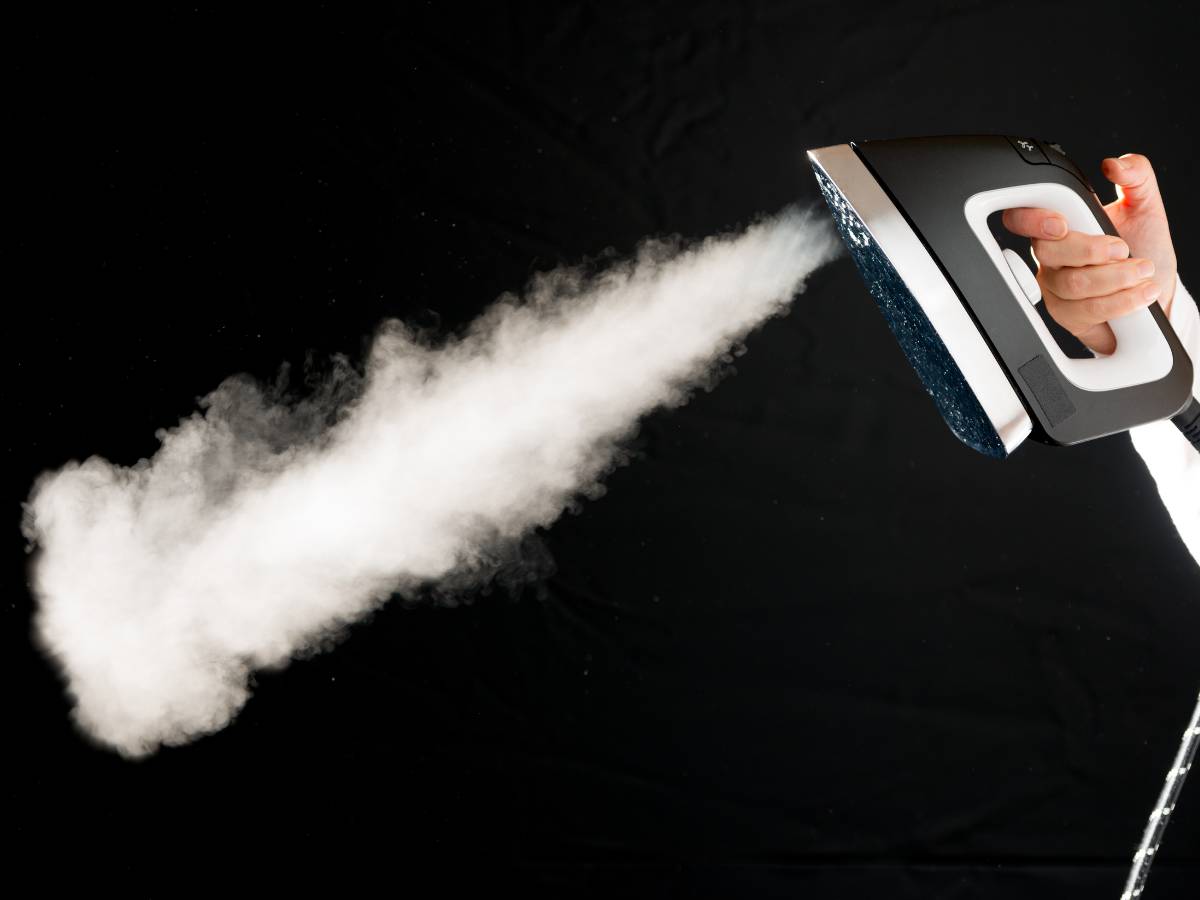
Heat Application Techniques
Using a Steam Iron to Lift Dents
A steam iron can be effective for smaller indentations. After moving any furniture, hover the iron a few inches above the dent, ensuring it’s on the steam setting. The steam will help relax and warm the fibres, making them more pliable. It’s important to avoid direct contact between the iron and the carpet. Once steamed, use a towel to absorb any remaining moisture.
To restore the carpet’s texture, use the edge of a coin or a credit card to gently coax the fibres back into their upright position.
Towel and Hair Dryer Method
For more stubborn indentations, direct heat may be beneficial.
- Lay a moist towel over the indentation and apply a warm iron, set to a suitable temperature for wool or cotton, to the towel. Move the iron gently to distribute the heat for about one minute. This combination of heat and moisture will assist in rejuvenating the fibres.
- After the towel dries, remove it and use a coin or credit card to fluff the fibres.
Alternatively, a hair dryer can be used in place of an iron. Moisten the area with a spray bottle and then use the hairdryer to warm it while fluffing the fibres with a spoon or your fingers.
Precautions When Applying Heat
Care must be taken when using heat. Excessive heat or improper application can lead to burn spots or melting, particularly with synthetic carpets. Ensure a barrier, such as a towel, is present between the heat source and the carpet.
Keep the heat source in motion to avoid concentrating heat in one spot. After applying heat, allow the carpet to rest, ideally for a day, to let the fibres settle. If unsure about the procedure or if the carpet is of a delicate nature, consider professional assistance to prevent damage.
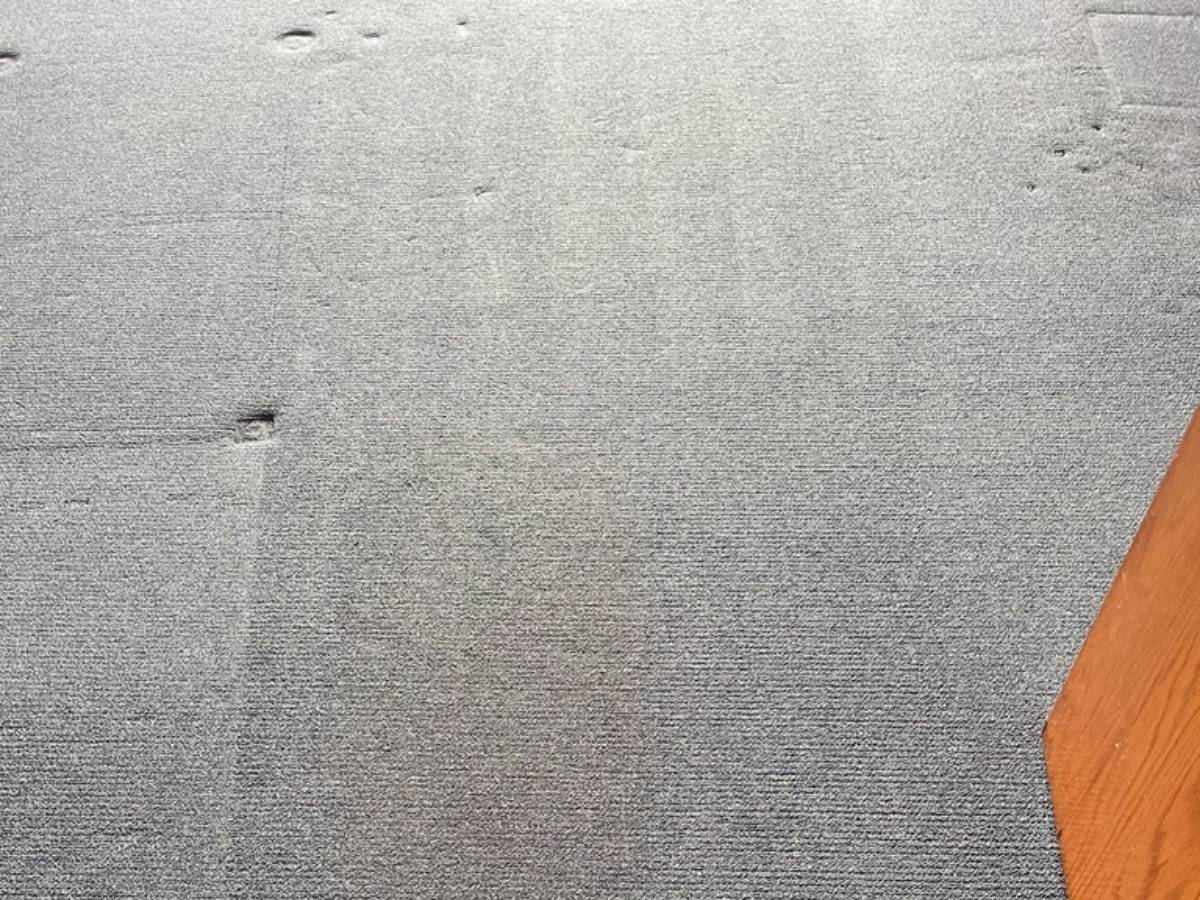
Alternative Dent Removal Solutions
Fluffing Techniques with Fork or Brush
Alternatively, a fork or a stiff brush can be employed to rejuvenate the carpet’s texture. This technique involves gently working the fibres from various directions to encourage them to stand erect once more.
For less severe indentations, a credit card or spoon can be effective in lifting the fibres. This approach is particularly useful on synthetic carpets, which tend to be more resilient to gentle manipulation.
Here is an example of a carpet dent remover tool.
When to Call Professional Carpet Cleaners
In situations where the dent is resistant to home remedies, it may be necessary to seek professional help. Carpet cleaning experts have access to powerful equipment, such as industrial-grade steam cleaners, which can effectively address dents in a variety of carpet types, including those with natural fibres.
Professionals are also equipped to handle additional complications, such as potential moisture damage to the subfloor. For carpets with a tight weave, like Berber, or those with larger distortions, professional services can offer specialised techniques, including re-stretching, to restore the carpet to a flat and even condition.
For a quote, visit our steam cleaning service.
Carpet Care Final Thoughts
Restoring your carpet’s plush look after furniture dents can be a simple DIY task when you follow the methods we’ve discussed. Whether you choose the ice cube technique, steam application, or a commercial solution, remember that gentle handling and patience are your best tools for success. Beyond immediate remedies, invest in preventative strategies like using furniture pads and periodically shifting heavy objects to distribute their weight.
Keeping your carpet looking fresh and dent-free enhances not only its aesthetic appeal but also its longevity. If ever you encounter a stubborn situation that home remedies can’t address, don’t hesitate to call in professional carpet cleaners. By caring for your carpets with the same attention you give to other parts of your home, you ensure they remain a source of comfort and beauty for years to come.

